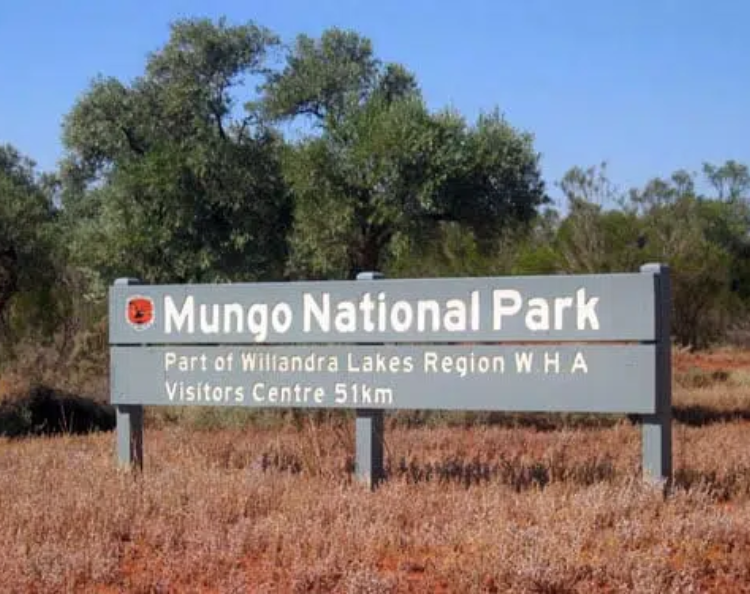
Mungo National Park is located in the south-western corner of New South Wales, Australia. It's part of the Willandra Lakes Region World Heritage Area and is renowned for its remarkable archaeological significance and stunning landscape, including the famous Walls of China.
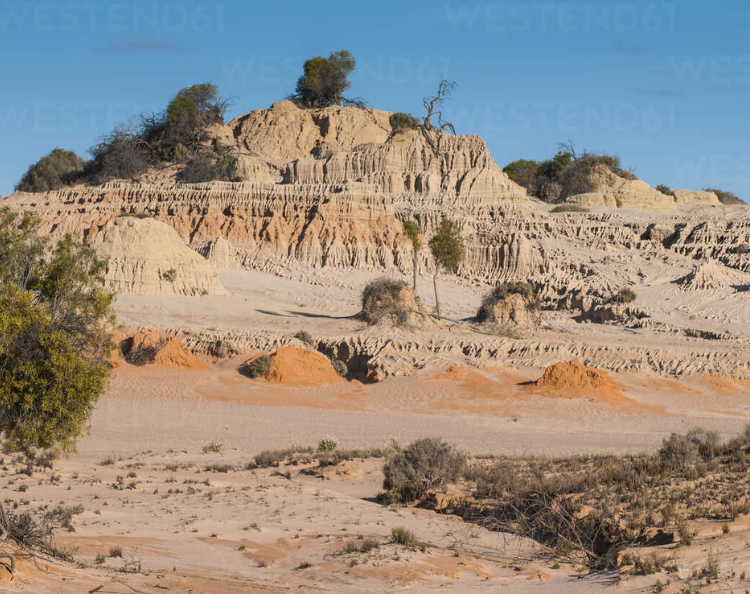
Mungo National Park was established in 1979. It emerged as a protected area to preserve its unique cultural and natural heritage, particularly its archaeological significance related to the ancient Aboriginal occupation of the area and its distinctive landscape features.

Mungo National Park wasn't "invented" by any single individual. Rather, it was established as a protected area by government authorities to preserve its cultural and natural significance. The park was created through a collaborative effort involving various stakeholders, including government agencies, Indigenous communities, conservationists, and scientists, who recognized the importance of safeguarding the area's unique attributes.
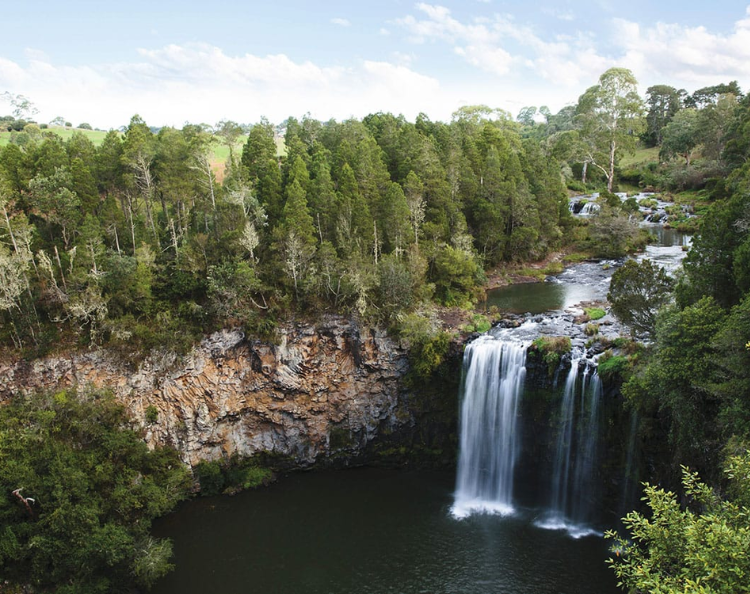
Mungo National Park derives its name from Lake Mungo, one of the ancient dry lake beds within the park's boundaries. The name "Mungo" is believed to have Indigenous Australian origins, although the exact meaning and language group associated with the name may vary. Lake Mungo and the surrounding landscape have immense cultural and archaeological significance, including evidence of some of the oldest human remains and cultural artifacts found in Australia, which adds to the significance of the name.

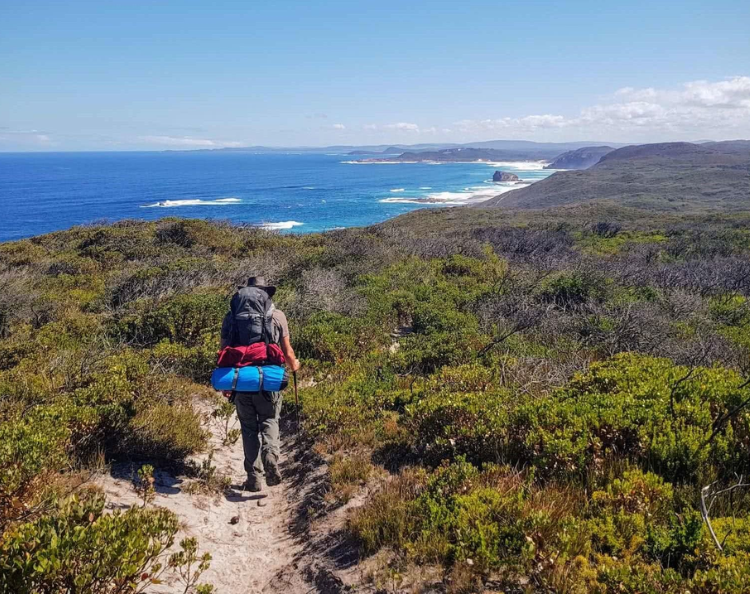

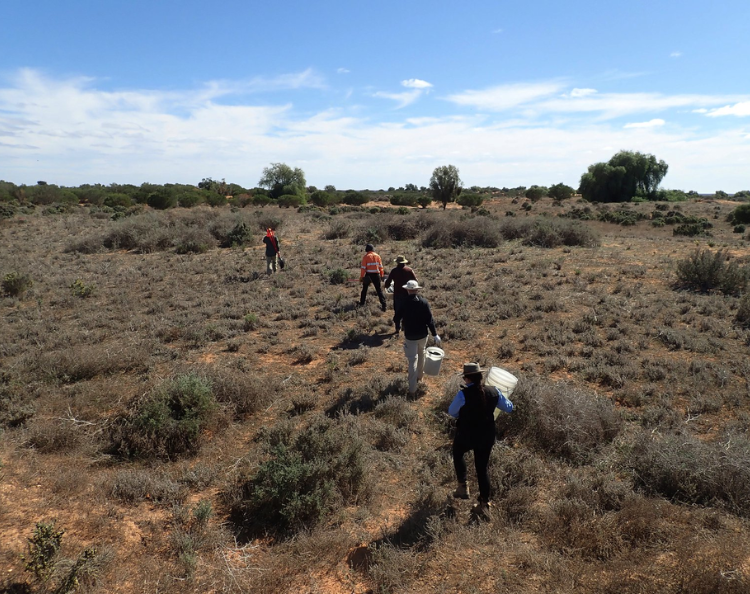
Mungo National Park offers a unique and captivating landscape that appeals to hiking enthusiasts for several reasons:
1. **Scenic Beauty**: The park features stunning landscapes, including the iconic Walls of China, which are ancient sand dunes sculpted by wind and erosion over thousands of years. The contrast of the white sands against the blue skies creates a mesmerizing backdrop for hiking.
2. **Cultural Significance**: Hiking in Mungo National Park allows visitors to explore areas of profound cultural importance. The park is home to significant Aboriginal archaeological sites, including evidence of human occupation dating back tens of thousands of years. Walking through this landscape offers a chance to connect with Australia's rich Indigenous heritage.
3. **Tranquility and Solitude**: Mungo National Park is relatively remote and less visited compared to some other national parks in Australia. This means hikers can often enjoy the trails in a peaceful and serene environment, free from crowds and distractions.
4. **Variety of Trails**: The park offers a range of hiking trails suitable for different skill levels and interests. Whether you prefer short walks to scenic viewpoints or longer treks through diverse terrain, there's something for everyone. Additionally, many of the trails are well-marked, making navigation straightforward.
5. **Wildlife Viewing**: While hiking in Mungo National Park, visitors may encounter a variety of wildlife, including emus, kangaroos, and bird species. The park's diverse habitats provide opportunities for wildlife observation and photography along the hiking trails.
Overall, Mungo National Park's combination of natural beauty, cultural significance, and hiking opportunities makes it a compelling destination for outdoor enthusiasts looking to explore the Australian outback.
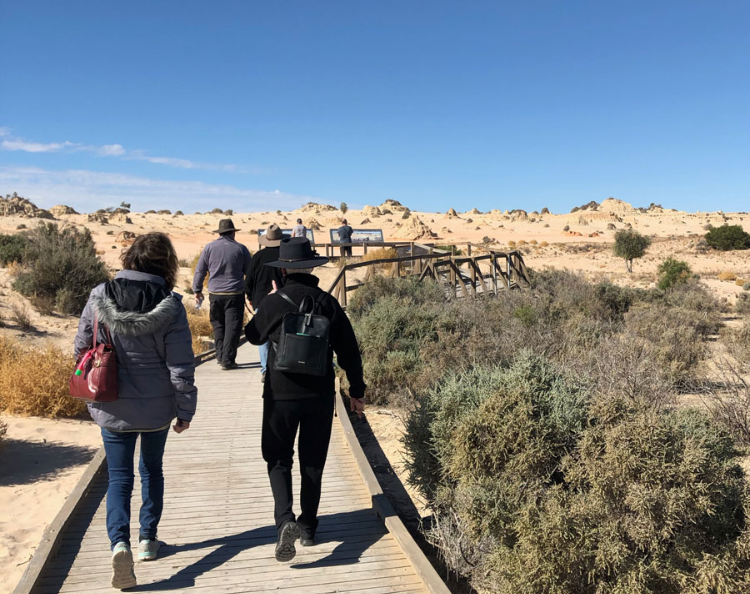

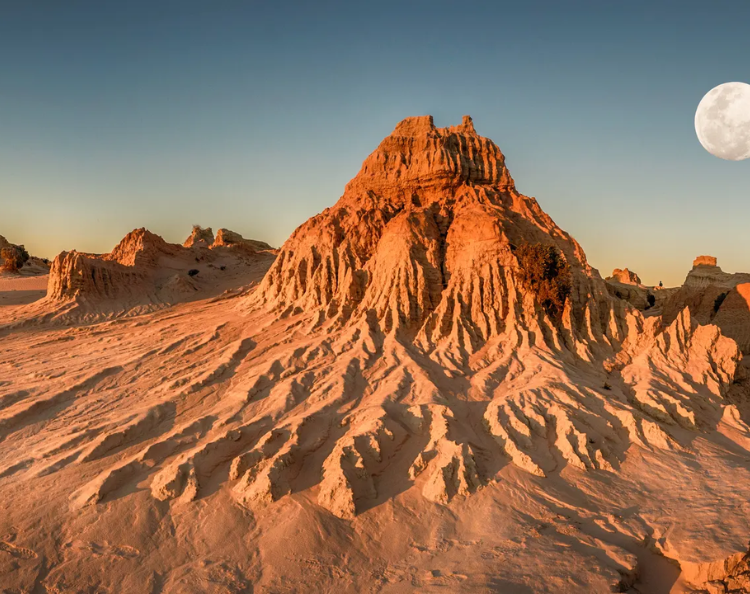

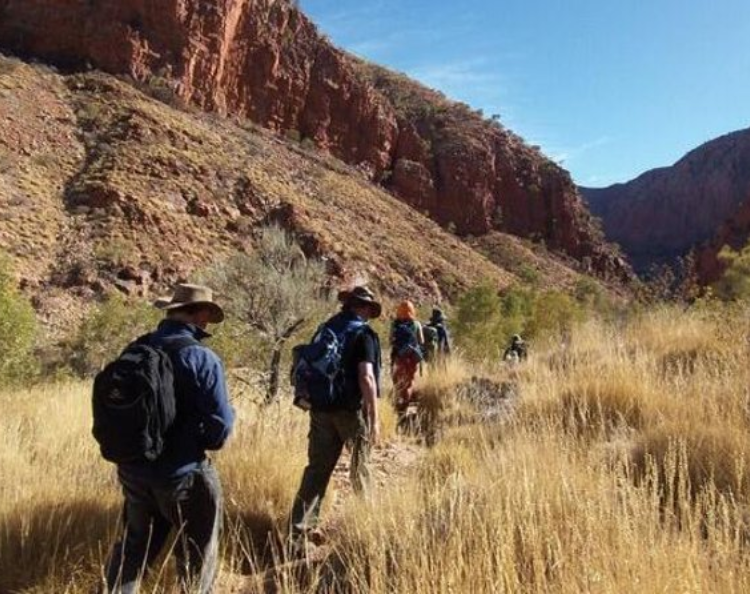
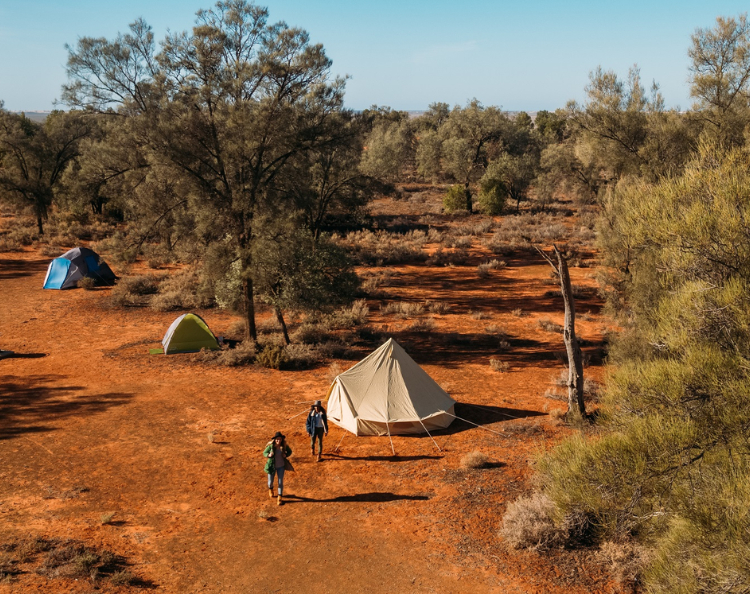

While Mungo National Park offers hiking opportunities year-round, it's essential to consider seasonal factors when planning your visit:
1. **Weather**: The park experiences extreme temperatures, with scorching heat during the summer months (December to February) and cooler temperatures in winter (June to August). Hiking during the summer can be challenging due to the high temperatures, so it's advisable to avoid strenuous activity during the hottest parts of the day. Winter can be more pleasant for hiking, with milder temperatures during the day, but nights can be cold.
2. **Rainfall**: Mungo National Park receives minimal rainfall throughout the year, but occasional showers can occur, especially during the summer months. Rainfall can affect trail conditions, making some paths muddy or impassable. Check the weather forecast before your hike and be prepared for changing conditions.
3. **Wildlife**: Different times of the year offer varying opportunities for wildlife observation. Spring (September to November) can be an excellent time for birdwatching, as many species are active during this period. However, summer can be challenging due to the heat, while winter may offer fewer wildlife sightings but more comfortable hiking conditions.
4. **Crowds**: Mungo National Park tends to be less crowded than some other popular national parks in Australia. However, visitor numbers may increase during holiday periods and long weekends. If you prefer quieter trails, consider visiting during the shoulder seasons (spring and autumn).
Overall, while hiking in Mungo National Park is possible year-round, the best time for your visit depends on your preferences regarding weather, wildlife viewing, and crowd levels. Be sure to check park conditions and prepare accordingly for a safe and enjoyable hiking experience.